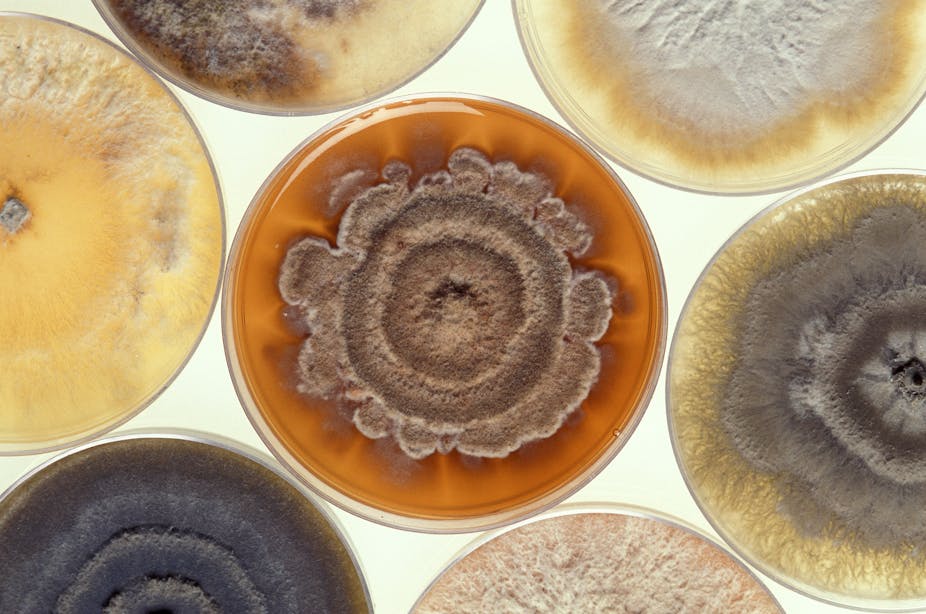Despite their small size, organisms smaller than thousandth of a metre (1 mm) contribute greatly to biodiversity and ecosystem function. Unfortunately, categorising small organisms, even defining those categories, is difficult. Do small organisms form discrete species? Advances in DNA sequencing combined with large surveys of small organisms suggest that this may not be the case.
The process of defining a species is a historical practice. Biologists have agreed upon a few norms, but from time to time biology offers a surprise that mean we must deviate from these standards. Now, in a new study published in Proceedings of the Royal Society B, Axel Rossberg and colleagues propose mathematical models that look at how new species are formed.
They start by asking biological questions. Are there circumstances where species formation breaks down? This work directly affects our understanding of how ecosystems function and interpreting the increasing amount of data from DNA sequencing methods, which are rapidly becoming cheaper and more accessible.
Modelling species
Studying the relationship of organisms to one another and their environment helps define something as a “species”. This question seems simple when discussing large, discrete organisms, such as elephants or trees. This is not always the case at smaller scales where organisms are often asexual or cryptic (difficult to tell apart). Here the authors rely on two concepts of species. Ecological species, a group occupying a niche that is different from other co-existing groups, and genetic species, where species boundaries are determined by how different their DNA sequences are.
Rossberg’s model has five parts: organism, population (size, “distance” between individuals), birth (asexual reproduction with mutation), competition (increased between similar individuals), and fitness.
DNA sequencing technology is advancing at such a dizzying pace that biologists increasingly rely on mathematical models to understand complex systems. While the author’s model is comprehensive, they fully admit it simplifies reality, echoing the principle by George Box, a British statistician: “All models are wrong; the practical question is how wrong do they have to be to not be useful”. The model the authors have developed, however, is very useful.
Do species form at all scales?
For both ecological and genetic versions of the model, the higher the mutation rate or population size, the less likely it was for a species to form. Since population size depends on biomass, small species tend to have very large numbers. As a result, small organisms generally have large variation within a species, suppressing species formation.
Other evidence also suggested small organisms may not form distinct species. Groups that form species showed a distinct pattern in the mathematical model related to how lineages evole over time. This pattern was observed in experimental data from larger organisms, such as some butterflies (Astraptes) and beetles (Rivacindela).
In contrast, this pattern was missing for organisms smaller than 1 mm from marine shorelines and tropical rainforests. Applying these mathematical models to real data suggested that for small organisms the concept of a species as a cohesive unit breaks down.
Next generation DNA sequencing of environmental samples is still relatively new, but initiatives like the Earth Microbiome Project and Human Microbiome Project are generating incredible amounts of data. Results of models, such as the one presented by Rossberg and colleagues, will evolve as we learn more about relationship between species and DNA sequence data. If their insights are correct, though, classifying distinct groups of very small creatures from extremely large populations may not be possible.

